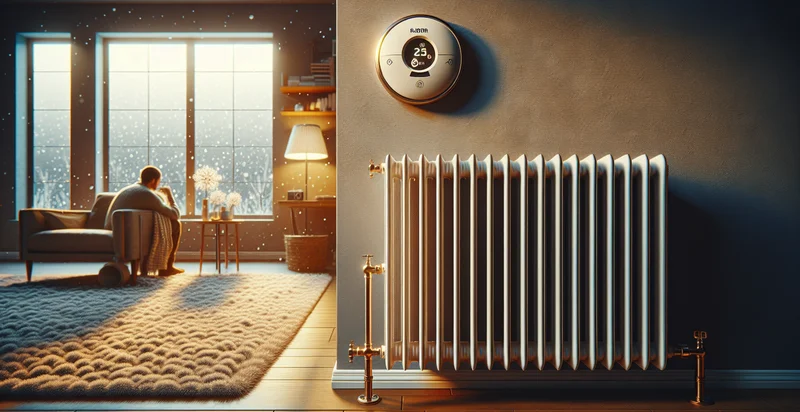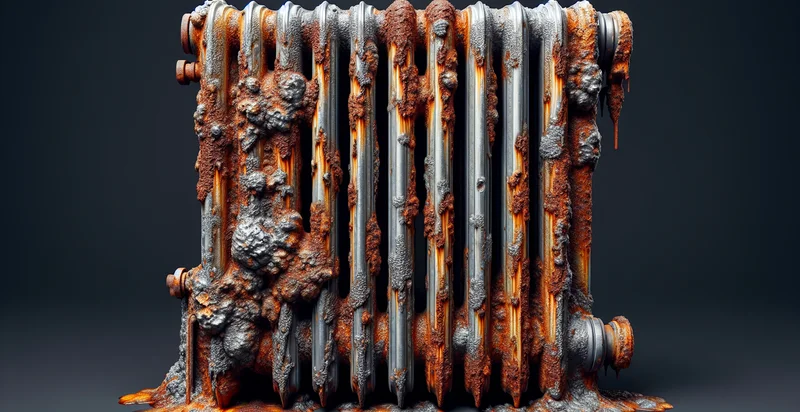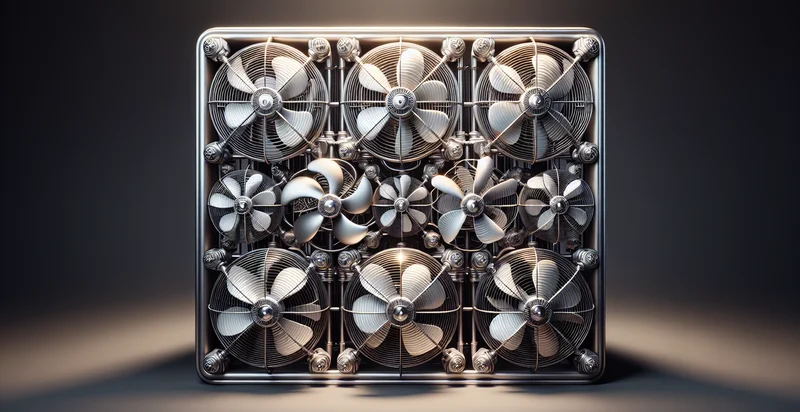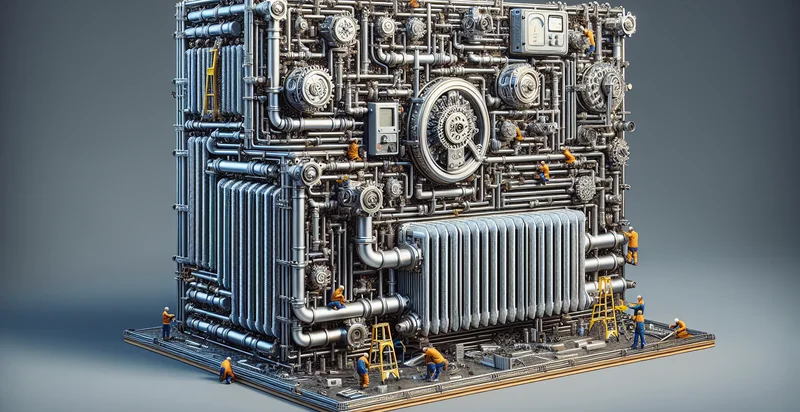Identify radiator status
using AI
Below is a free classifier to identify radiator status. Just upload your image, and our AI will predict the status of your radiator - in just seconds.

Contact us for API access
Or, use Nyckel to build highly-accurate custom classifiers in just minutes. No PhD required.
Get started
import nyckel
credentials = nyckel.Credentials("YOUR_CLIENT_ID", "YOUR_CLIENT_SECRET")
nyckel.invoke("radiator-status", "your_image_url", credentials)
fetch('https://www.nyckel.com/v1/functions/radiator-status/invoke', {
method: 'POST',
headers: {
'Authorization': 'Bearer ' + 'YOUR_BEARER_TOKEN',
'Content-Type': 'application/json',
},
body: JSON.stringify(
{"data": "your_image_url"}
)
})
.then(response => response.json())
.then(data => console.log(data));
curl -X POST \
-H "Content-Type: application/json" \
-H "Authorization: Bearer YOUR_BEARER_TOKEN" \
-d '{"data": "your_image_url"}' \
https://www.nyckel.com/v1/functions/radiator-status/invoke
How this classifier works
To start, upload your image. Our AI tool will then predict the status of your radiator.
This pretrained image model uses a Nyckel-created dataset and has 12 labels, including Blocked, Clogged, Corroded, Damaged, Disconnected, Expired, Functional, Leaking, Noisy and Overheating.
We'll also show a confidence score (the higher the number, the more confident the AI model is around the status of your radiator).
Whether you're just curious or building radiator status detection into your application, we hope our classifier proves helpful.
Related Classifiers
Need to identify radiator status at scale?
Get API or Zapier access to this classifier for free. It's perfect for:
- Predictive Maintenance: The radiator status identifier can be integrated into maintenance systems to monitor the operational state of radiators in industrial settings. By detecting anomalies or degradation in performance, it enables timely maintenance interventions and reduces the likelihood of unexpected failures.
- Energy Efficiency Optimization: By accurately classifying radiator statuses, businesses can analyze energy usage patterns and identify inefficiencies. This information can lead to strategic adjustments in heating operations, thus lowering energy costs and enhancing overall facility efficiency.
- Automated Reporting System: Implementing the radiator status identifier allows for automated reporting of heating system conditions. This ensures that facility managers receive real-time updates on radiator performance, helping them make informed decisions and streamline operational workflows.
- Smart Building Integration: The identifier can be paired with smart building technology to create responsive heating systems. By adjusting radiator settings based on real-time classifications, the system enhances occupant comfort while minimizing energy waste.
- Quality Control for HVAC Systems: In HVAC manufacturing, the radiator status identifier can be used to ensure that all components meet quality standards before installation. By classifying the radiators accurately, manufacturers can identify defects or inconsistencies early in the production process.
- Remote Surveillance of Infrastructure: Utility companies can leverage the radiator status identifier for remote monitoring of radiator systems in residential or commercial properties. This enables proactive identification of issues, potentially reducing operational costs and improving customer satisfaction.
- Compliance Monitoring: The identifier can assist in ensuring that heating systems comply with environmental and safety regulations. By continuously assessing radiator statuses, businesses can adhere to industry standards while also minimizing their environmental impact.


